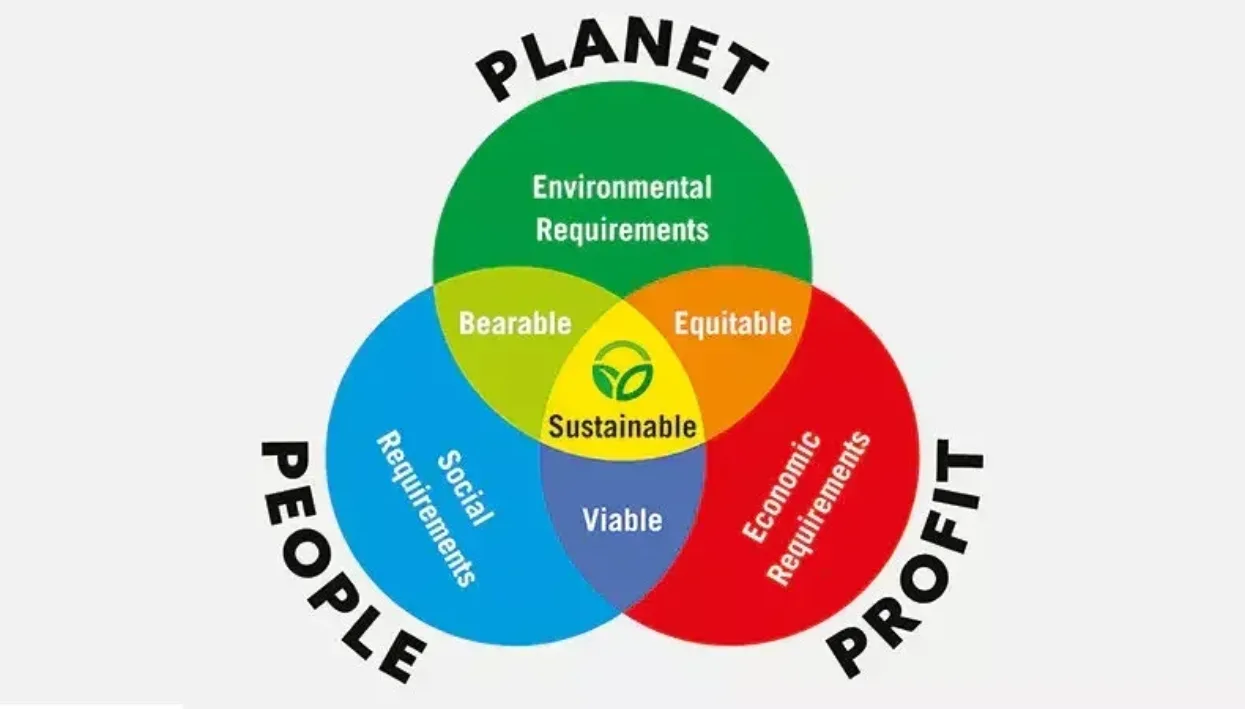Sustainability
People, planet, profit: an alternative approach to creating a leading print company in the 2020s
Author
FESPA Staff
Published Date
21/12/2021
Become a FESPA Member
to Continue Reading
